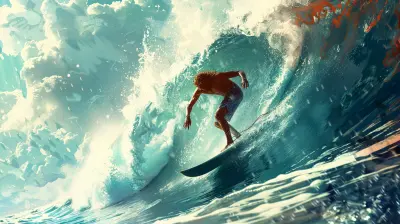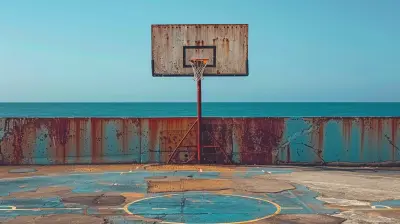Essential Snowboarding Gear for Comfort and Performance
25 August 2025
Snowboarding—what a rush, right? Speeding down snow-covered mountains with the crisp air blasting your face, catching the edge of your board just right... it’s pure magic. But let’s be real for a second—none of that magic happens without the right setup. I’m not just talking about "any" gear. I’m talking essential snowboarding gear that cranks up your comfort and boosts your performance on the slopes.
Whether you’re just strapping in for the first time or fine-tuning your backcountry rig, this guide is your go-to checklist of must-have gear. We’re going beyond the basics. Sure, you need a board and boots—but _which_ ones? And what about the layers, the accessories, the things you don’t think about until it’s too late?
Let’s break it all down, piece by piece, so your rides are smoother, longer, and way more fun.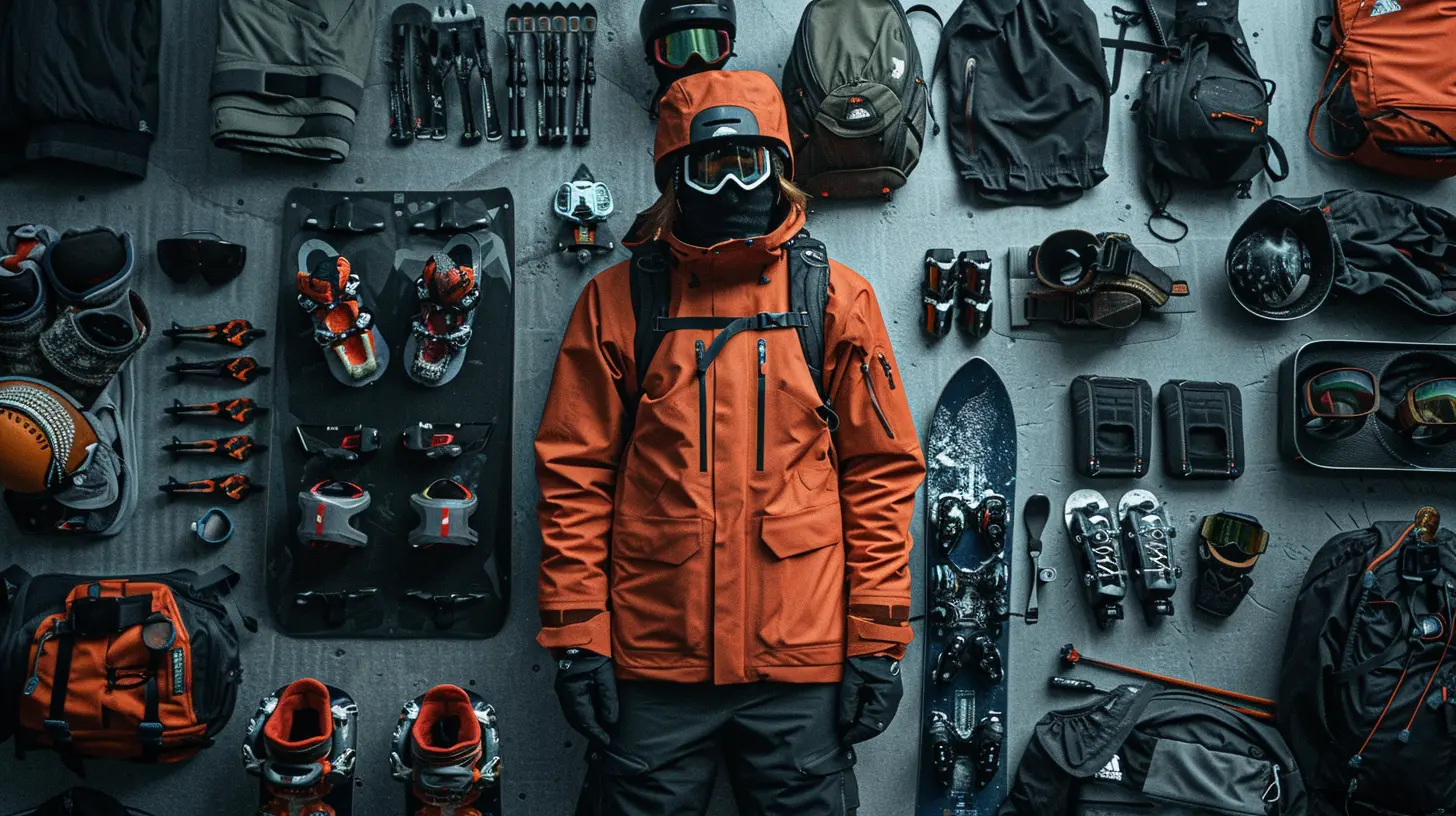
1. The Right Snowboard: Shape, Length, and Flex Matter
Choosing the Right Board Type
Not all boards are built equal, and picking the wrong kind can totally mess with your ride. You’ve got basically three main styles:- All-Mountain – Great starter option. Super versatile.
- Freestyle – Lighter and shorter, for park rats who love tricks.
- Freeride / Powder – Built for off-trail adventures and deep powder.
If you’re new, go for an all-mountain board. It’s like the Swiss army knife of snowboards.
Sizing Your Board
Here's the deal: board length is mostly about your weight and height. A shorter board turns quicker (great for tricks), while a longer one is more stable at high speeds. Check the brand's sizing chart—don't just guess.Flex Rating
Board flex is rated 1 to 10 (soft to stiff). Beginners should aim for something more flexible (around 2-5) because it’s easier to control. Advanced riders may prefer a stiffer board for better stability and power at high speeds.
2. Boots: The Foundation of Control and Comfort
If your feet aren’t happy, nothing else matters. Snowboard boots are arguably more important than the board itself.Fit Is Everything
- Boots should fit snug but not painfully tight.- You shouldn’t be swimming in them or feeling numb after 15 minutes.
Types of Lacing Systems
- Traditional Laces – Old-school, customizable, but takes longer to tie.- BOA System – Quick dial-based tightening. Super convenient.
- Speed-Lace – Pull and lock. Easier than traditional but less customizable.
If you’re a beginner, try the BOA—your frozen fingers will thank you.
Flex Rating for Boots
Just like boards, boots have a flex rating. Softer boots = more forgiving and comfy for beginners. Stiffer boots = better response for aggressive riders.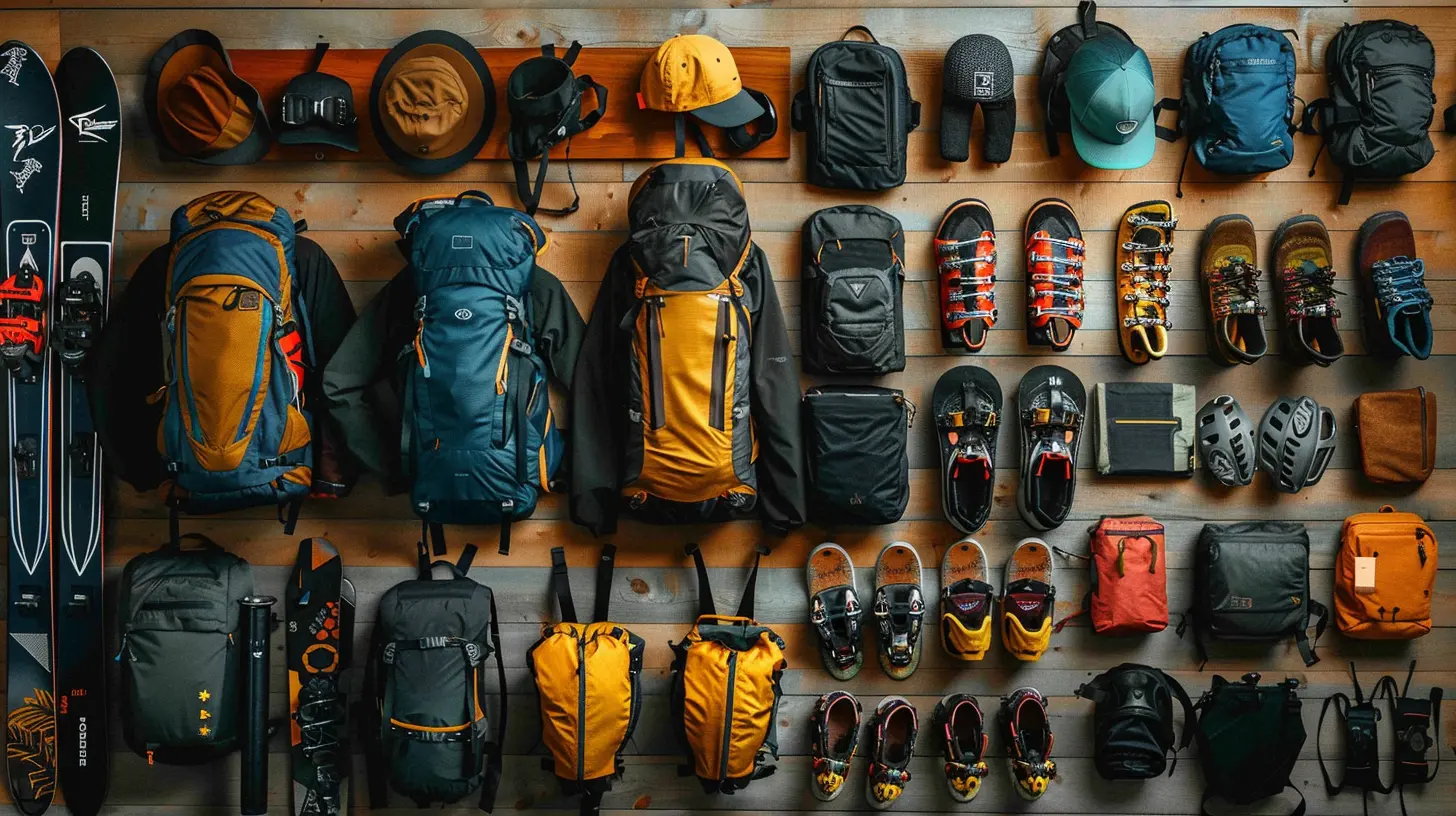
3. Bindings: Your Link Between Board and Body
Bindings often get overlooked, but they’re _crucial_. They translate your muscle movements directly into board control.Types of Bindings
- Strap-in Bindings – Most common. Secure and adjustable.- Rear-Entry Bindings – Faster to get into but can sacrifice some support.
- Step-On Bindings – New tech. Super fast, but requires compatible boots.
Match Flex With Your Boots/Board
Mixing a stiff binding with a soft boot? That’s a no-go. Keep all your gear in the same flex range for a consistent feel.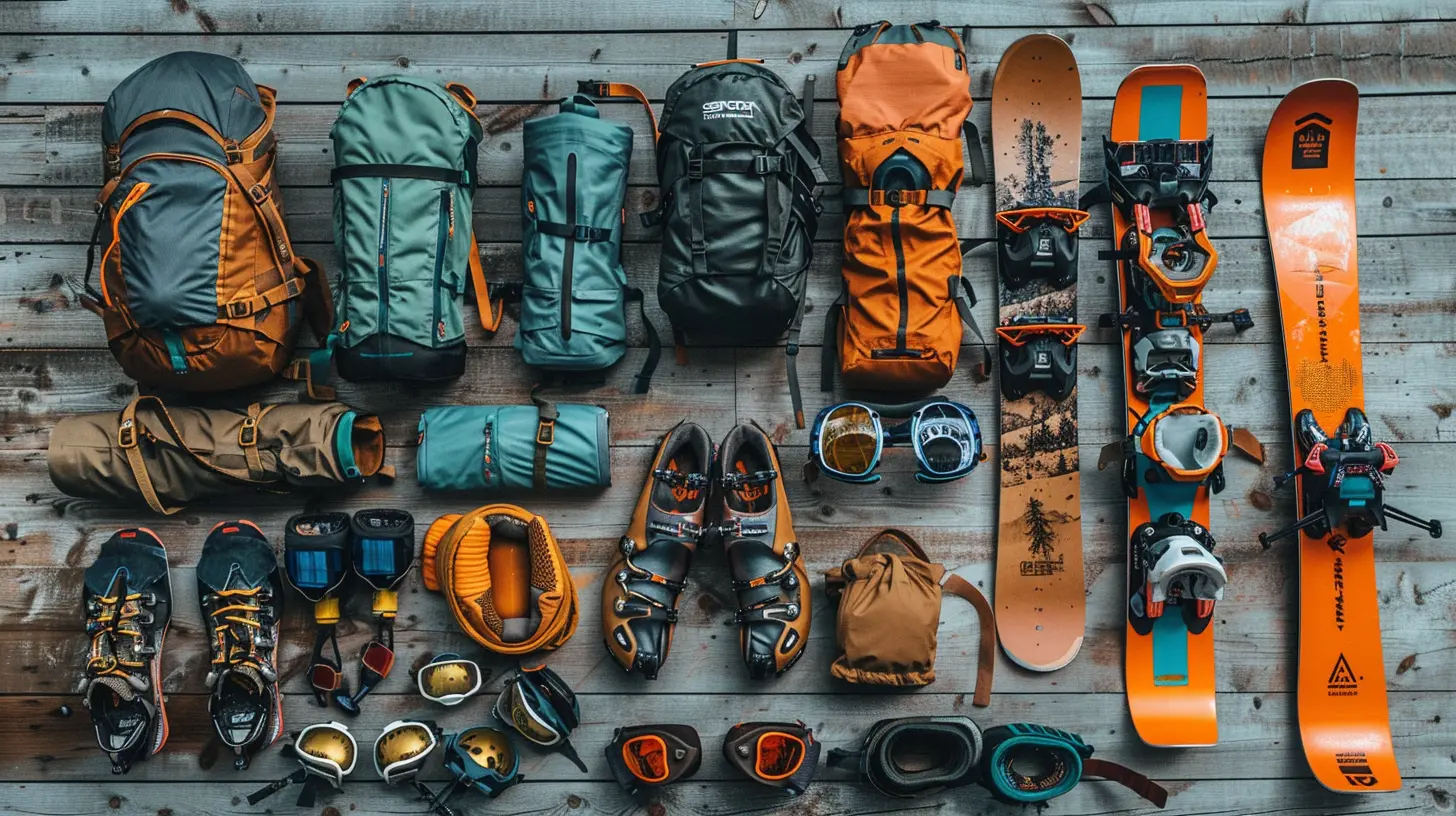
4. Outerwear: Stay Warm, Dry, and Mobile
You could have the best board on the mountain, but if you're soaked and freezing, you’re not riding long.Snowboard Jacket
You're looking for:- Waterproofing (at least 10,000mm) – Keeps the wet out.
- Breathability (10,000g or more) – Lets sweat escape.
- Taped Seams, Vents, and Powder Skirts – All added bonuses.
Go for a shell jacket if you love layering, or an insulated one if you run cold.
Snowboard Pants
Same deal—waterproof and breathable are key. Look for reinforced cuffs and built-in gaiters to keep snow from sneaking into your boots.5. Base Layers: Your First Defense Against the Cold
Forget cotton. Seriously, don’t even think about it. It holds moisture and makes you cold.Moisture-Wicking Thermals
You want synthetic or merino wool base layers. These fabrics keep you warm without trapping sweat.Layering Tip: Use the “3-layer system”
1. Base Layer – Moisture management
2. Mid-Layer – Insulation (like a fleece or light puffy)
3. Outer Layer – Weather protection
6. Gloves or Mittens: Hands Down, a Must
Cold, wet hands can ruin your day fast. Make sure your gloves (or mittens) are waterproof, insulated, and allow decent dexterity.- Gloves – Better for adjusting boots/bindings.
- Mittens – Warmer, but less movement.
Pro tip? Throw in hand warmers for those extra chilly days.
7. Helmet: Safety First (and Warmth, Too)
A helmet’s not just for protection—it also keeps your head warm. You’d be surprised how much heat escapes through your noggin.What to Look For:
- Snug Fit – No wobbling.- Ventilation – Adjustable vents prevent overheating.
- Goggle Compatibility – You’ll want a seamless fit.
Added bonus: Most snowboard helmets come with built-in liners and audio compatibility. Music + mountains? Yes, please.
8. Goggles: See Clearly, Ride Better
Your eyes need protection from snow glare, wind, and changing light.Key Features
- Anti-fog Coating – A game-changer.- UV Protection – Must-have at high altitudes.
- Interchangeable Lenses – For different lighting conditions.
Tint matters, too. Yellow or orange lenses work great in low light, while darker tints are ideal for sunny bluebird days.
9. Socks: One of the Most Underrated Pieces of Gear
Ever had a toe go numb halfway down the slope? That’s heel lift or poor insulation—and crappy socks can be the culprit.What to Look For:
- Merino Wool or Synthetic Material – No cotton, remember?- Over-the-Calf Fit – Prevents slipping and keeps your legs warm.
- Light Cushioning – Reduces pressure points.
Bring an extra pair, just in case. Wet socks are the worst.
10. Accessories That Make a Big Difference
Sometimes it’s the little things that keep you out on the mountain longer.Neck Gaiter or Balaclava
Total game-changer for wind and snow protection. Bonus: Helps prevent goggle fogging.Backpack with Hydration
Staying hydrated is key, especially at altitude. A lightweight snowboarding backpack can also carry snacks, extra gloves, or layers.Action Camera (Optional But Fun)
Want to capture those epic runs or hilarious wipeouts? A helmet-mounted GoPro or similar camera lets you relive the thrill.11. Tuning Kit: Maintain Your Gear, Enhance Your Ride
A dull board and dry base = friction and frustration.Basic Tuning Tools:
- Edge sharpener- Wax and waxing iron
- Base cleaner
- Scraper and brush
Tuning your board is like brushing your teeth—it just makes everything better.
12. Avalanche Safety Gear (Backcountry Riders Only)
Planning to ride off-piste or delve into deep powder zones? Don’t go without:- Avalanche Transceiver
- Probe
- Shovel
- Airbag Backpack (Advanced)
And never ride backcountry without proper avalanche training. Seriously, it’s not optional.
Final Thoughts
Snowboarding is half sport, half lifestyle. The right gear makes every part of it better—from your first shaky turns to bombing black diamonds like a boss. It’s like cooking: you don’t need a Michelin-star kitchen, but man, sharp knives and a solid pan sure help.So invest in the essentials. Your future self—in dry, toasty gear with zero blisters—will thank you.
all images in this post were generated using AI tools
Category:
SnowboardingAuthor:

Easton Simmons
Discussion
rate this article
1 comments
Mariana McPhail
Great insights! Having the right gear truly transforms your snowboarding experience. Embrace the mountains, stay comfortable, and unleash your potential on that board! 🏂✨
September 16, 2025 at 3:07 AM

Easton Simmons
Thank you! I completely agree—having the right gear makes all the difference on the slopes. Enjoy the ride! 🏂✨
